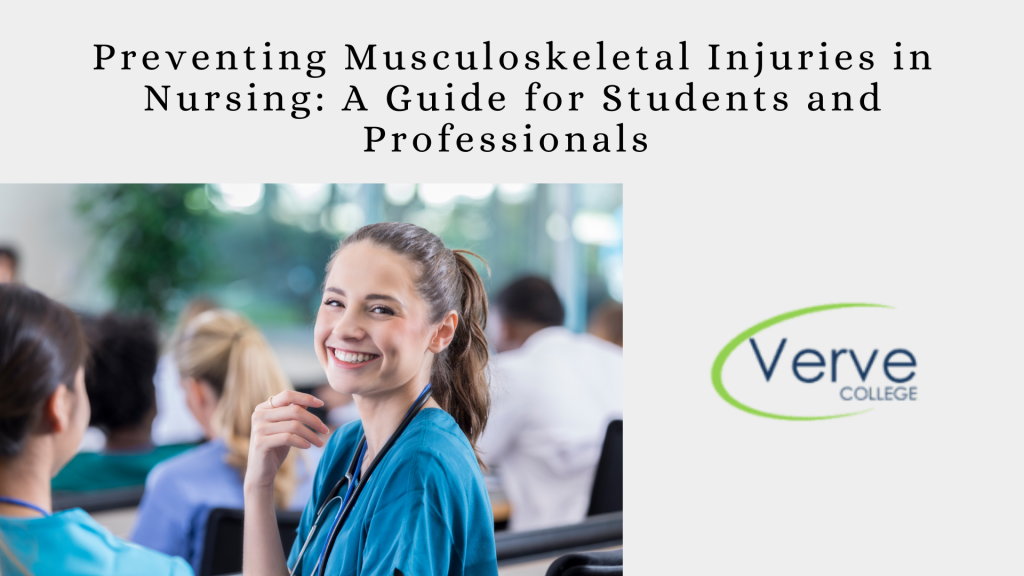- Oak Brook:(630) 705-9999
- Chicago:(312) 920-8822
- Email:inquiry@vervecollege.edu
- Make a Payment
- Home
- Programs
- Admission
- Resources
- ATI Entrance Exam Resources
- New E-Digital Library
- Refer a Friend
- School Newsletter
- Events
- Employers
- Job-Network
- Alpha Beta Kappa Candidates
- Verve College Library
- Graduation and Pinning Ceremony Photo Galleries
- Textbook Information
- Career Services
- Tutoring
- School Catalog
- FAQ
- Constitution Day Program
- Alumni
- Verve College Plans
- Financial Aid
- HEERF Reporting
- Satisfactory Academic Progress
- Apply For Financial Aid
- Net Price Calculator
- Return of Title IV Funds (R2T4)
- Financial Aid Office Code of Conduct
- Contact
- FAQs
- Verification Policy
- Vaccination Policy
- Student Right-to-Know Act
- Misrepresentation
- Information Security Program
- Academic Award Year
- Availability of Employee
- Cost of Attendance
- Health & Safety Exemption Requirement
- Students Rights and Responsibilities
- Leave of Absence
- Pell Formula
- Military Students
- Grants/ Scholarship Policy
- Contact Us
- Testimonials
- Blog
Is a Nursing Career Right For You?
Take The Free Quiz
Preventing Musculoskeletal Injuries in Nursing: A Guide for Students and Professionals
Preventing Musculoskeletal Injuries in Nursing: A Guide for Students and Professionals
Nursing is a physically demanding profession that requires lifting, moving, and repositioning patients frequently, leading to injuries to the muscle and skeletal system. They’re one of the most frequent risks encountered in healthcare and may cause back pain, shoulder pain, and knees. They can cause chronic pain and even end your career if you suffer from a condition. This guide will assist you in preventing musculoskeletal injuries in nursing to your muscles and skeletal system of nursing by providing practical guidelines for students and nurses. Nurses can enroll in the best nursing schools in Illinois to acquire a nursing diploma.
How to Prevent Musculoskeletal Injuries?
1. Learn Proper Body Mechanics
Making sure that you’re using the proper body mechanics is one of the most effective ways to avoid injuries to the musculoskeletal system. When lifting or moving patients, be sure to:
- Make sure you bend your knees at your knees, not towards the waist, to avoid straining your lower back.
- Be sure to keep the subject close to you to maintain stability and ease of strain.
- Use your legs to lift your weight instead of your back, which is more prone to injuries.
- Make sure not to twist your body while lifting or reaching because it could cause back injuries. Utilizing these methods can ease the strain on joints and muscles and prevent injuries from regular nursing tasks.
2. Make Use of Assistive Devices Whenever It’s Needed
Hospitals and clinics typically provide aid devices such as transfer boards, lift machines, and slide sheets in order to reduce the physical strain on nurses. These devices are designed to assist in the handling of patients and to reduce the necessity for manual lifting. Establish a routine of:
- Learn about the equipment you have available and how to operate it correctly.
- Help patients who can’t be carried by one person, or if the equipment is not used.
3. Increase Strength in Your Core Muscles and Your Body
The strength of your core is vital to ensure your spine is supported back, posture, and posture as well as posture and posture. All of these are vital in protecting yourself from injuries to your muscles and skeletal system. Regular exercise that strengthens the core, such as bridges, planks, and abdominal crunches will improve stability and lessen the stress you experience during physical activities. It is possible to incorporate:
- The core exercises are essential to build your fitness routine at least two times each week.
- Flexibility-based exercises, like stretching or yoga, can help improve mobility and posture. Building your core strength and maintaining your flexibility will significantly reduce the chance of developing back pain, particularly when performing repetitive tasks.
4. Maintain a Proper Posture
Poor posture, especially when working for long periods, could cause musculoskeletal strains, and, eventually, injuries. If you can maintain a healthy posture throughout the day it will help reduce risk. To maintain a healthy posture:
- Take your shoulders off and keep your spine in a neutral position whether you are standing or sitting.
- Make sure that it’s placed at the proper level to support your posture.
5. Practice Safe Patient Handling Techniques
Techniques for safely handling patients are essential to avoid injury to the musculoskeletal structure. Even in a situation when manual lifting isn’t an option, there are ways to reduce the chance of injury:
- It is important to plan your activities before time and assess the weight of patients as well as their mobility, and any dangers that could be present in the environment.
- Seek assistance from your colleagues when managing patients with greater numbers.
Conclusion
Preventing musculoskeletal injuries in nursing while requires the appropriate techniques, regular physical exercise, and continuous learning. Utilizing the most secure body mechanics employing assistive devices and applying methods to prevent injuries taught in the most prestigious nursing assistant programs in Illinois and the best nursing schools in Illinois professional and student nurses can ensure their well-being. Hybrid learning options such as these hybrid LPN programs near me provide a wonderful mix of theory and practice which is ideal for those who wish to acquire a wide range of nursing skills. When you can ensure your musculoskeletal state, you have a fulfilling and long-lasting job where you can provide compassionate care without risking your health.
 Sign up
Sign up Login
Login




